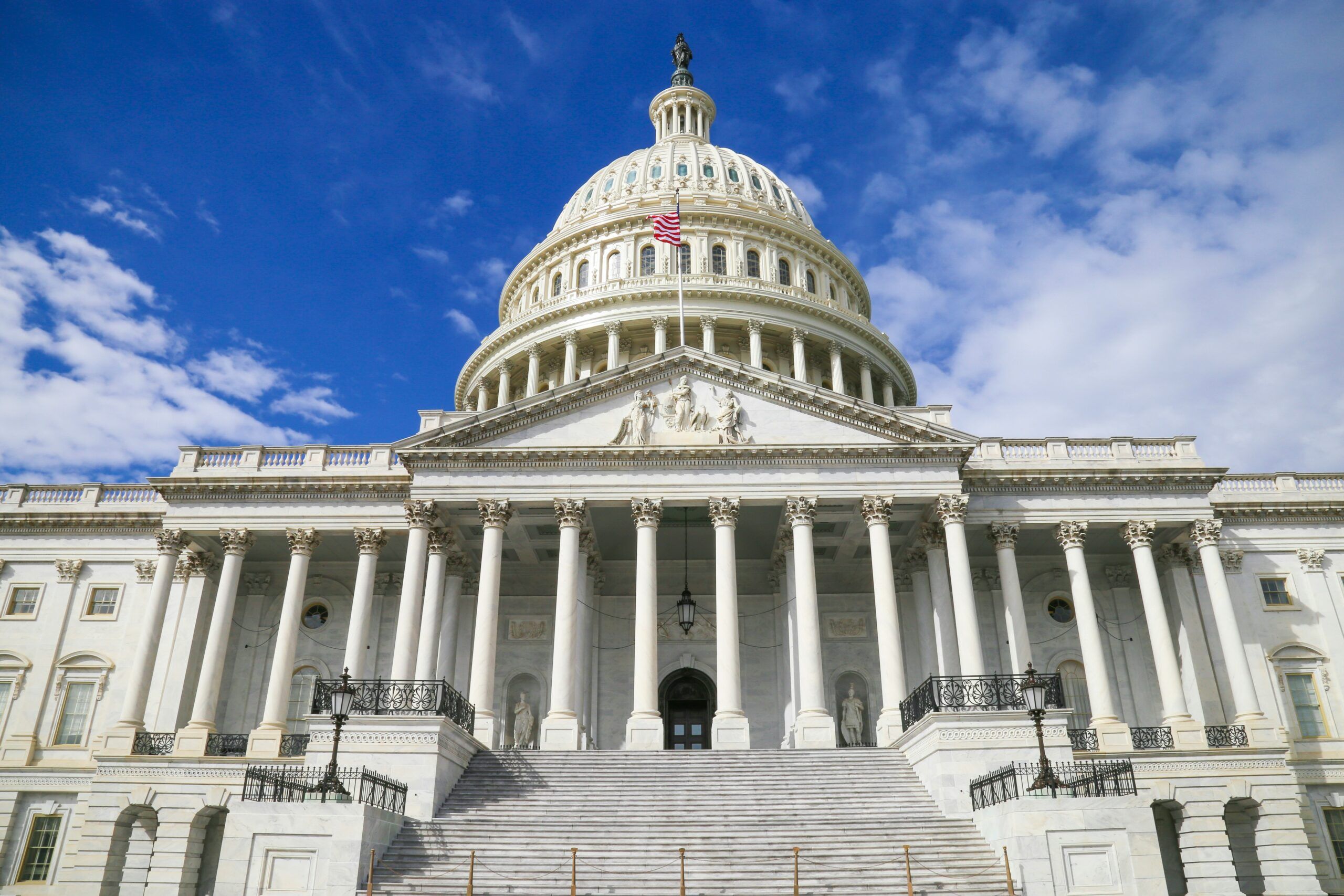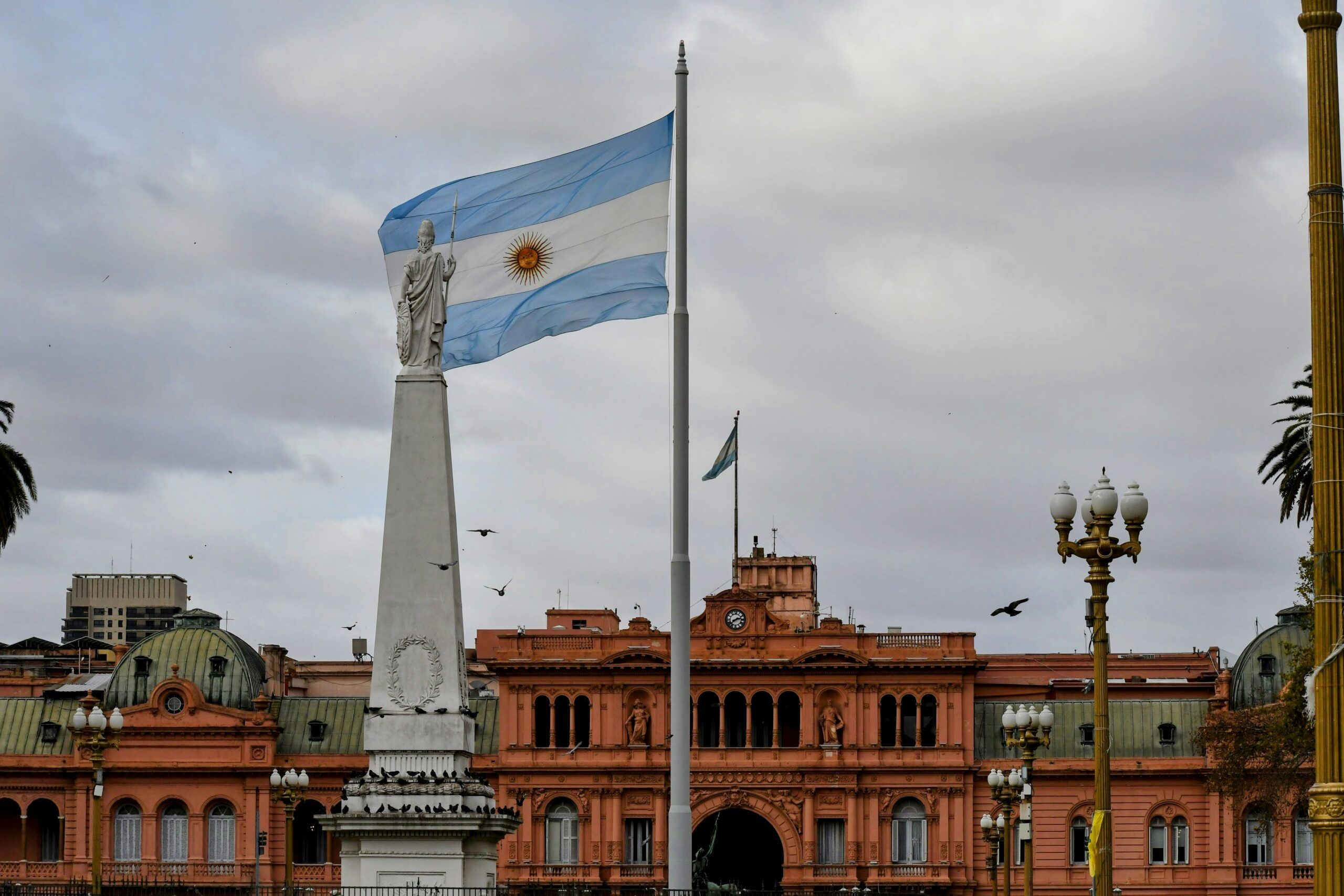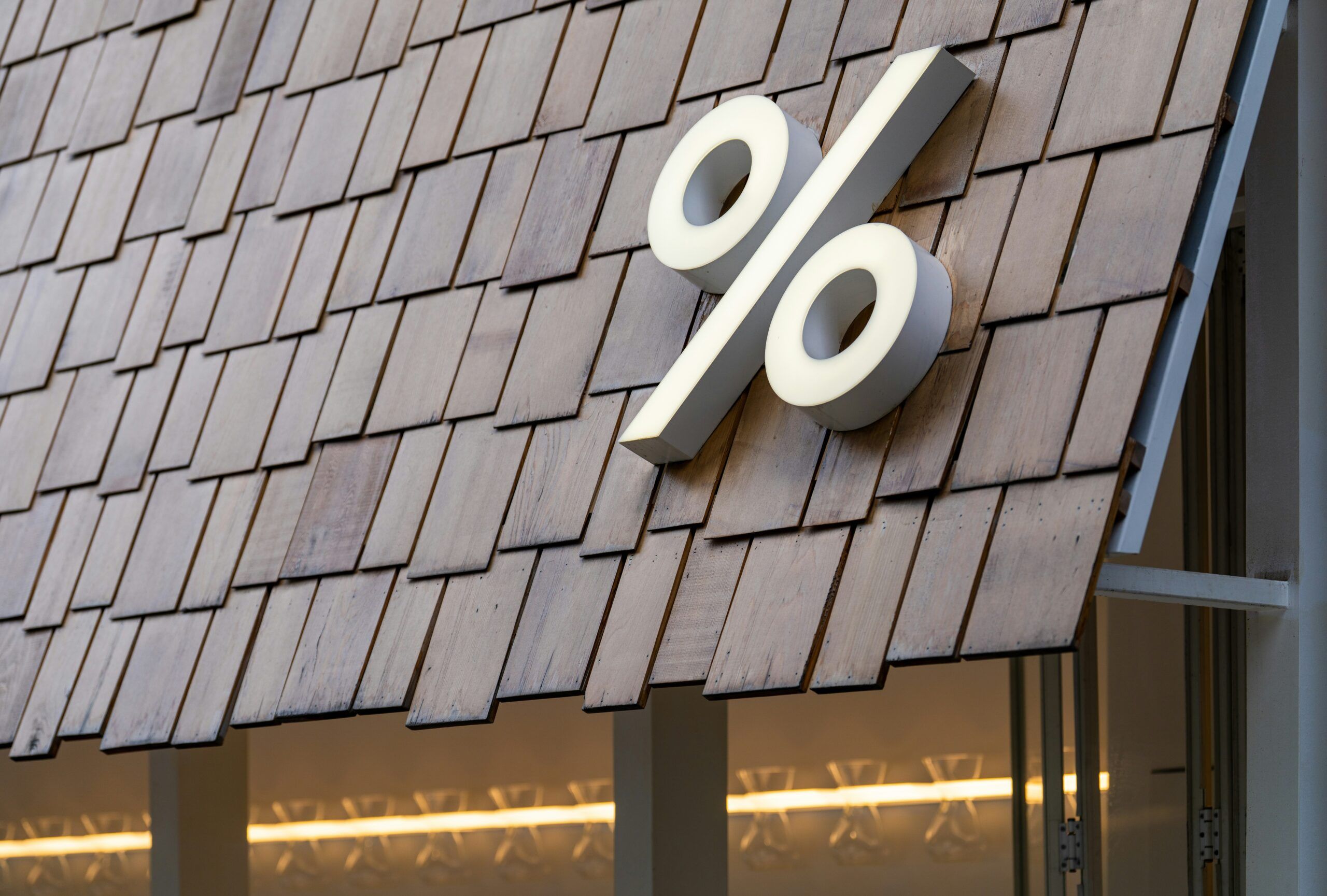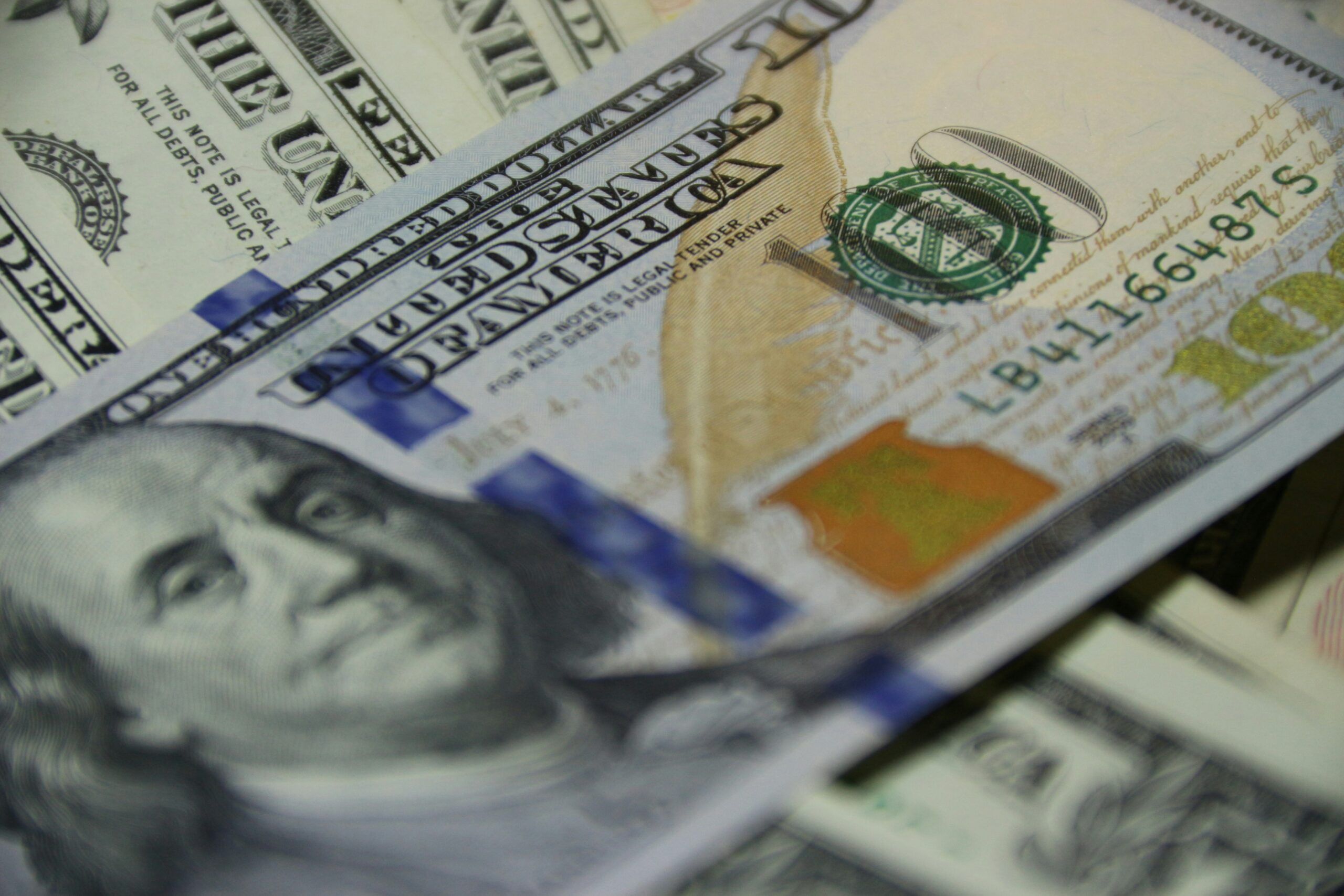Since pulling back during 2023’s tech downturn, U.S. investors are once again muscling into deal flows in Europe – and AI is the magnet. Data released by PitchBook* shows the U.S. share of deal making in Europe is once again climbing, and the standout category which is pulling American investors back into the market is AI. Experts suggest that from a global perspective, the capital base is there as U.S. private investment in AI in 2024 was circa USD 109 Billion with ample dry powder** to deploy into the European markets when the time is right.
*PitchBook – Is the premier resource for comprehensive, best-in-class data and insights on the global capital markets.
**Dry Powder – This refers to unallocated cash reserves or highly liquid assets held by investment firms, venture capital funds, hedge funds, and private individuals which in this case is ready to be deployed for investment purposes.
A Brief Overview
From a Swiss vantage point there are three forces which are converging and the first is a dense research-to- start-up pipeline anchored by ETH Zurich and EPFL.
ETH Zurich is a public research university and is widely regarded as a leading institution known for its strong focus on science and technology, significant research contributions, and prestigious academic standings.
Based in Lausanne, EPFL is Europe’s most cosmopolitan university and it welcomes students, professors, and collaborators from more than 120 different countries. EPFL has both Swiss and international vocation and focuses/specialises on three different missions being teaching, research, and innovation.
The second force is regulatory clarity via the EU AI Act, with Switzerland chartering a lighter sector-based path.
The third force is Switzerland’s world-class infrastructure and their electricity reliability which makes the country (and its neighbours) a first-class destination to build and run AI.
Why Switzerland Hits the Sweet Spot
Talent and Spin-Out Velocity
ETH Zurich’s AI ecosystem is a massive magnet to investors as in 2024 ETH spinoffs raised CHF 425 Million across 42 rounds, a ten year ten times increase and a powerful sign that even in choppy markets the pipeline to start-ups is in a healthy state. Indeed, the ETH A1 centre’s network of affiliated start-ups spans applied robotics, industrial AI, and model reliability which according to experts is exactly where corporates from the United States are looking to invest their capital.
Regulatory Readability
As opposed to the EU’S (European Union) horizontal* AI Act**, Switzerland’s Federal Council chose a more sector-specific approach, integrating AI duties into existing laws whilst planning to implement the Council of Europe’s AI convention. This they felt would be more beneficial, rather than passing a sweeping one size fits all AI law, which for founders and investors reduces the legislative shock whilst still tracking the usual international norms on safety and rights. It should be noted that the EU AI Act is highly relevant to Swiss companies who are selling into the Eurozone/single market, as for example obligations for general purpose AI (GPAI)*** and the EU is ensuring that timelines do not slip. All in all, the dexterity and agility of the Swiss together with the EU-grade clarity on market entry makes investment decisions by U.S. investors much easier.
*Horizontal in Law – This refers to the ability of legal requirements meant to apply only to public bodies to affect private rights. It arises where a court dealing with a legal dispute between two private entities interprets a legal provision to be consistent with certain legal norms in such a way as to affect the legal rights and obligations of the parties before it.
**EU AI Act – On 12th July 2025 this Act was published in the Official Journal of the European Union and entered into Law and became binding on 1st August 2025. This Act refers to the European Union’s Artificial Intelligence, a comprehensive regulation aimed at governing the development and use of artificial intelligence systems within the EU. It is the first major AI regulation of its kind, and focuses on risk assessment, and categorisation of AI systems to ensure safety and ethical development.
***GPAI – This refers to all General-Purpose AI models as defined within the EU AI Act. These are powerful AI models trained on broad datasets****, capable of performing a wide range of tasks, and potentially integrated into various downstream AI systems. The EU AI Act places significant obligations on providers of these models, especially those with systemic risks.
****Datasets – This is a structured collection of data used to train and test artificial intelligence models. These datasets provide the raw materials for AI algorithms to learn patterns, make predictions, and perform tasks and can, simply put, be viewed as a textbook from which AI models can learn.
Infrastructure Gravity
The Alps supercomputer at the CSCS (Swiss National Supercomputing Centre) is a critical component offering significant processing power for AI applications and is a key part of the AI initiative at positioning Switzerland as a leading hub for trustworthy AI development. Overall, the build-out of AI in Europe is accelerating fast with San Francisco’s Open AI Inc launching their Stargate Norway, the first AI data centre initiative in Europe. Whilst this build does not situate itself in Switzerland, its proximity and any grid stability across the region changes the equation as to where to build AI-heavy companies and experts suggest that Switzerland is primed as a European hub that U.S. investors will back for “near-compute*” opportunities.
*Near-Compute – This refers to the concept of placing processing units (like CPU’s – central processing unit or GPU’s – graphic processing unit) closer to memory or even within the memory itself, rather than relying solely on traditional computing architectures. This approach aims to minimize data movement between memory and processing units which can significantly reduce latency and energy consumption.
Switzerland has enjoyed a number of AI deals such as Meteomatics in St Gallen, a USD 22 Million to scale high-resolution AI-enhanced weather models and drone systems selling into the automotive, aviation, and energy sectors. Another success is Daedalean the Zurich avionics-AI pioneer has just entered into (subject to closing a USD 200 Million acquisition by Destinus a big player in the European aerospace sector, who pioneer autonomous flight systems. Other successes included Zurich’s LatticeFlow, an AI governance and reliability model and ANYbotics which operates in the robotic sector and industrial AI.
Conclusion
Whilst Switzerland’s overall start-up funding cooled in 2024 (down CHF 2.3 Billion which is -15% Y-O-Y), interestingly AI rounds doubled accounting for 22% of all rounds, and is uniquely placed due to infrastructure, power/electricity, the ability to build AI with EU-Act readiness, the ability to stand next to compute, and the ability to use the country’s events and clusters as magnets for U.S and global investment. The macro capital tide is unmistakable with generative AI venture capital setting a new pace in Q1 and Q2 in 2025, and Switzerland sits first and third in Europe and globally respectively for Deep Tech venture capital funding per capita, which, according to experts indicates a strong international interest in the country’s AI ecosystem.
Furthermore, Microsoft has made substantial investments in Switzerland’s AI and cloud infrastructure including a USD 400 Million investment (announced in June of this year) to expand its datacentres near Zurich and Geneva which will meet growing demand for AI services whilst keeping data within the country’s borders. As mentioned before, the companies from the United States are taking bigger and bigger slices of the European AI action, and Switzerland will, according to experts, massively benefit because it pairs deep technical IP and enterprise-friendly regulation with direct access to the Eurozone’s markets.










